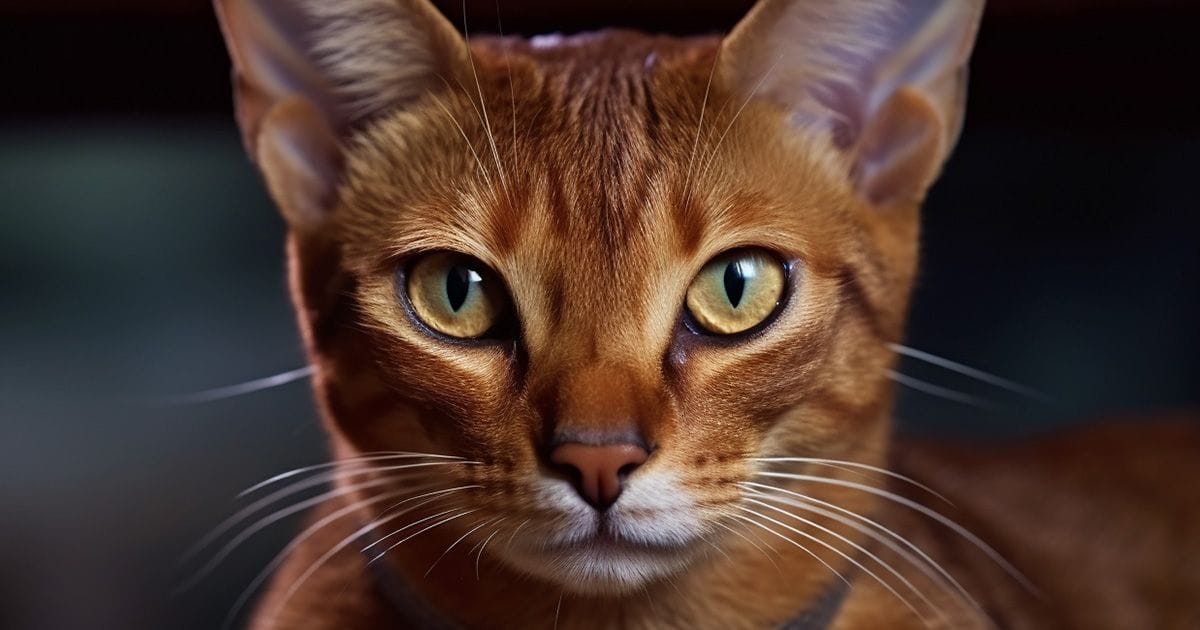Whimsy Among the Stars: Reviewing Disney's 1978 Sci-Fi Gem
Review of 'The Cat from Outer Space' (1978): A lighthearted Disney sci-fi offering, reflecting 1970s America's desire for whimsy amidst societal flux.

In the vast expanse of science fiction cinema, Disney's "The Cat from Outer Space" emerges as a whimsical detour from the more intense and cerebral offerings of the late 1970s. Released in 1978, this film offers a lighthearted take on extraterrestrial encounters, a stark contrast to the darker, more profound sci-fi narratives of its time.
At the heart of the story is Zunar-J-5/9 Doric-4-7, or "Jake" as he's affectionately known on Earth, an alien feline with a malfunctioning spacecraft and a collar imbued with remarkable powers. The narrative unfolds as Jake seeks assistance from Dr. Frank Wilson, an astrophysicist, and navigates a series of comedic escapades involving the U.S. government and a quest for gold.
Ken Berry's portrayal of Dr. Frank Wilson is commendable, bringing a certain earnestness to the role that anchors the film's more fantastical elements. Sandy Duncan, as Dr. Elizabeth "Liz" Bartlett, offers a delightful performance, capturing the essence of a scientist caught between skepticism and wonder. The supporting cast, including the venerable Harry Morgan and the ever-versatile Roddy McDowall, adds depth and nuance to the narrative.
Visually, the film is a product of its time, with special effects that might seem quaint to the modern viewer but were par for the course in the late '70s. The design of Jake's spacecraft and the utilization of his collar's powers, while not groundbreaking, are executed with a charm that is quintessentially Disney.
However, where "The Cat from Outer Space" truly shines is in its underlying message. In an era marked by Cold War tensions and a growing skepticism of authority, the film subtly underscores the value of cooperation, understanding, and the universal quest for home. It's a reminder that, regardless of our origins, there's more that unites us than divides us.
"The Cat from Outer Space" may not stand shoulder to shoulder with the sci-fi giants of its decade, but it offers a refreshing, family-friendly alternative. For those seeking a nostalgic trip back to a simpler time in science fiction, or perhaps an introduction to the genre for younger viewers, this film is a worthy selection.
| Actor's Name | Character's Name | Description of Character |
|---|---|---|
| Ken Berry | Dr. Frank Wilson | An earnest astrophysicist who assists Jake. |
| Sandy Duncan | Dr. Elizabeth Bartlett | A scientist caught between skepticism and wonder. |
| Harry Morgan | General Stilton | A high-ranking U.S. military official. |
| Roddy McDowall | Dr. Norman Link | A character pivotal to the narrative's unfolding events. |
| McLean Stevenson | Mr. Stallwood | Another key figure in the comedic escapades. |
Cultural Implications of "The Cat from Outer Space"
In the late 1970s, the cultural landscape of America was in flux. The nation was grappling with the aftermath of the Vietnam War, the Watergate scandal, and the ongoing tensions of the Cold War. Amidst this backdrop, science fiction emerged as a potent medium to explore societal anxieties, hopes, and the human condition. While many films of the era delved into darker, more dystopian narratives, "The Cat from Outer Space" took a different route, offering audiences a lighthearted respite.
Escapism and Whimsy — At its core, the film is an escapist fantasy, a hallmark of Disney's cinematic offerings. In a time when many Americans felt disillusioned with their institutions and leaders, "The Cat from Outer Space" provided a comedic and whimsical escape from the harsher realities of the day. The film's playful approach to the extraterrestrial theme can be seen as a counterpoint to the more serious and sometimes bleak depictions of alien encounters in other sci-fi works of the period.
Universal Themes — The film's narrative, while humorous, touches on universal themes of belonging, cooperation, and the search for home. Jake's quest to return to his planet mirrors the human desire for connection and understanding. In a decade marked by division and mistrust, the film subtly promotes the idea that collaboration and empathy can bridge even the most vast of differences, whether terrestrial or extraterrestrial.
Perception of Authority — The comedic portrayal of the U.S. government and military officials in the film can be seen as a reflection of the growing skepticism towards authority figures during the 1970s. While the film doesn't overtly criticize or satirize the government, its light-hearted take on bureaucratic ineptitude resonated with audiences familiar with the political missteps of the era.
Family and Youth Appeal — Disney's decision to produce a family-friendly sci-fi film in the late '70s can also be viewed as a strategic move to capture a younger demographic, introducing them to the genre in a non-threatening manner. This approach ensured that science fiction's appeal extended beyond the typical adult audience, fostering a new generation of fans.
"The Cat from Outer Space" serves as a cultural artifact of its time, reflecting the era's desire for levity amidst uncertainty. While it may not carry the gravitas of other sci-fi classics, its cultural implications are evident in its themes, character dynamics, and the broader societal context in which it was produced.
Disney's Evolution: From Beloved Classics to Contemporary Controversies
In the late 1970s, when "The Cat from Outer Space" graced the silver screen, Disney was a beacon of family entertainment, universally beloved for its heartwarming tales and timeless narratives. The film is a testament to an era when the magic of Disney was uncontested, and its offerings were eagerly anticipated by audiences of all ages.
Fast forward to the present day, and the landscape appears markedly different. Disney, while still a juggernaut in the entertainment industry, has found itself at the center of numerous controversies. Recent reports and public sentiment suggest that the company's modern films have, at times, been perceived as offensive, particularly to Christian audiences. Themes and character arcs that were once straightforward and universally appealing have given way to narratives that some argue push particular agendas or challenge traditional values.
It's essential to view "The Cat from Outer Space" within its historical context, as a product of a Disney that was largely free from the kind of scrutiny and polarization the company faces today. For many, the film serves as a nostalgic reminder of a simpler time in entertainment, before the advent of the "woke" culture wars and the debates that have since ensued.
In revisiting such classics, audiences can appreciate the evolution of cinema and storytelling, while also critically examining the broader cultural shifts that have influenced the entertainment industry over the decades.

